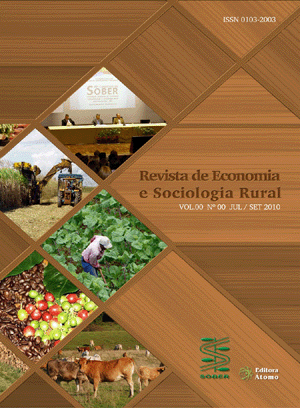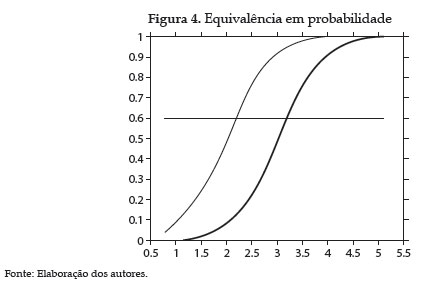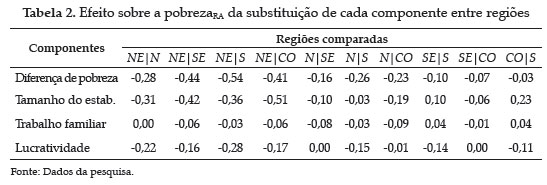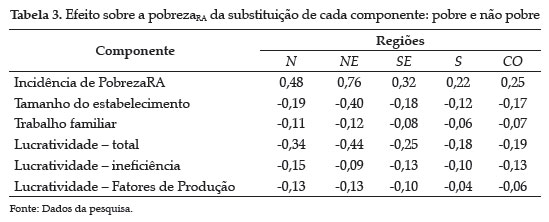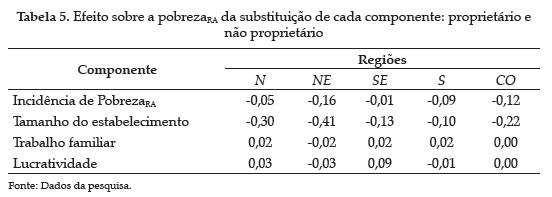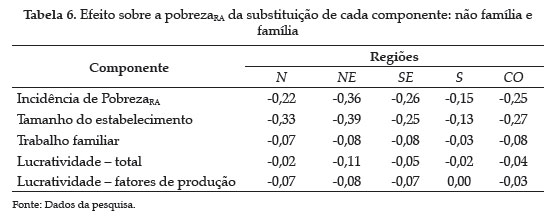O censo agropecuário 1995-96 é utilizado para estudar os fatores responsáveis pelas diferenças na pobreza entre os estabelecimentos agrícolas no Brasil. As diferenças entre as regiões e as seguintes dicotomias são analisadas: proprietários/não proprietários; familiares/não familiares; intensivos em insumos/não intensivos; com/sem máquinas. O artigo utiliza uma metodologia semiparamétrica. Primeiro, uma função fronteira estocástica de lucro é estimada. Em seguida, simulações não paramétricas contrafactuais são utilizadas para identificar os fatores que explicam as diferenças em pobreza. Os fatores incluem o tamanho da propriedade, o trabalho familiar, a lucratividade e as variáveis utilizadas para explicar a lucratividade no modelo de fronteira estocástica. O artigo conclui que a falta de terra e os baixos níveis de produtividade são importantes motivos para a pobreza entre produtores agrícolas. É improvável que qualquer um deles isoladamente possa solucionar o problema da pobreza. As diferenças em "eficiência" - capturadas pelo termo de erro na função fronteira de lucro - são importantes para explicar as diferenças entre os pobres e os não pobres, mas não para as demais dicotomias estudadas. Isto sugere que os fatores não observáveis - como restrições ou falhas de mercado - são importantes para explicar a pobreza entre produtores agrícolas no Brasil.
Pobreza; agricultura; Brasil
